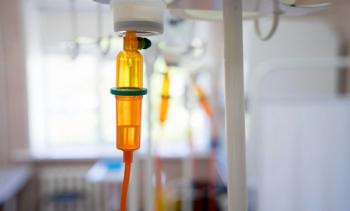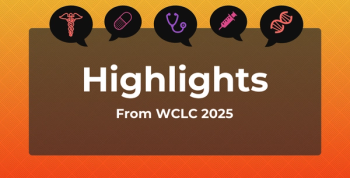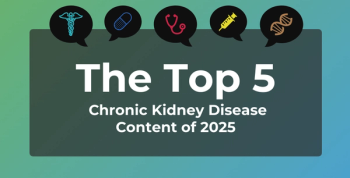
Italian Study Finds Cost of Migraine Treatment Higher for Women, Elderly
In a recently published study in The Journal of Headache and Pain, Italian researchers compiled data on 548 patients suffering from chronic and episodic migraines enrolled in a tertiary level headache center to determine overall costs incurred.
In a recently published
Authors concluded that costs were significantly higher for women with migraine than men ($1693.86 [€1517] vs $1422.53 [€1274]; P = .013), and that costs resulting from migraine treatment increased as the patient got older (P = .0002).
“The main item of expenditure were medications that represented 86.8%” of the total costs, researchers said. Medications were followed by “specialist visits (10.2%), hospitalizations for (1.9%), diagnostic tests for (1%) and emergency department visits for (0.1%).” The mean annual cost of medications was $1435.93 (€1286), and preventive treatments accounted for the majority of this cost at $1222.66 (€1095).
In addition, the annual direct cost incurred by patients with chronic migraine (CM) was 4.8-fold higher than those with episodic migraine (EM) ($2278.56 [€2037] vs $477.64 [€427]; P = .0001).
Italy’s National Health Service (NHS) covered the majority of costs of patients with migraines. Of the average annual expenditure per patient ($1656.58 [€1482]), the NHS covered 82.8% of the total cost, or $1371.55 (€1227). Patients had an annual personal expenditure of $284.73 (€255).
Migraine affects around 1.4 billion people worldwide and, according to the Global Burden of Diseases, it is the second cause of years of life lived with disability in the world. Direct cost of the disease is difficult to pin down due to the numerous comorbidities often associated with CM and the fact that many patients with migraine never approach their physician about the disease.
However, researchers aimed to work around the barriers by conducting this retrospective and noninterventional observational analysis.
Data from patients’ electronic medical records were collected and only patients with EM and CM who underwent continuous treatment in the 2 years prior to January 2019 while at the Regional Referral Headache Center of Rome were included in the study. This methodology was used to “prevent distortions due to natural fluctuations in migraine status over time.” Researchers also stated that by following this method, “it was possible to detect any changes in dosage and class of drugs and, therefore, provide better estimates of the cost of pharmacological treatments.”
Researchers used the parameters outlined in the third edition of the International Classification of Headache Disorders, which “set the threshold for differentiating EM from CM at 15 days per month in the last 3 months.” The cross-sectional cost-of-illness evaluation also included demographic characteristics, the number of specialist visits and diagnostic tests, along with “accesses in the emergency department and days of hospitalization resulting from pathology and consumption of medications.”
Reference
Negro A, Sciattella P, Rossi D, Guglielmetti M, Martelletti P, Mennini FS. Cost of chronic and episodic migraine patients in continuous treatment for two years in a tertiary level headache center. J Headache Pain. 2019;20(1):120. doi: 10.1186/s10194-019-1068-y.
Newsletter
Stay ahead of policy, cost, and value—subscribe to AJMC for expert insights at the intersection of clinical care and health economics.









































